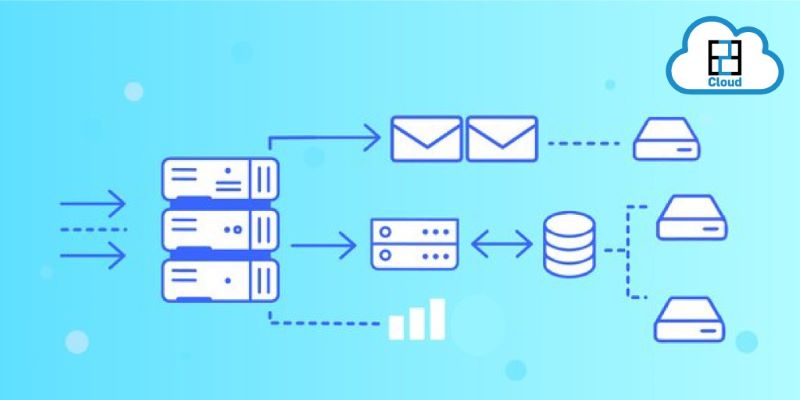Is your blockchain struggling to keep up? Discover how sharding technology is revolutionizing scalability and unlocking the potential for faster, cheaper transactions. Click to learn how this game-changing innovation is transforming the blockchain landscape.
What is sharding technology in blockchain?
Sharding is a scaling solution used in blockchain technology to increase the network’s capacity to process transactions. It involves dividing the blockchain into smaller partitions called shards, each of which can process transactions independently and concurrently. This parallel processing significantly enhances the network’s throughput, speed, and efficiency.
Here’s a simplified analogy: Imagine a highway with multiple lanes. Each lane can handle a certain number of cars simultaneously. Sharding is like adding more lanes to the highway, allowing more cars to travel at the same time.
In the context of blockchain, each shard maintains its own subset of the blockchain’s data and state. This allows for faster transaction processing, as each shard can validate and confirm transactions without needing to communicate with every other shard.
How sharding technology opera?
The process of sharding in blockchain can be likened to a division of labor in a group project. Instead of one individual shouldering the entire workload, like a single node processing all transactions, responsibilities are distributed among members, with each focusing on a specific task. In the context of blockchain, this translates to each shard containing a portion of the network’s data, with nodes within each shard independently validating and processing transactions.

The way sharding is implemented varies between Proof-of-Work (PoW) and Proof-of-Stake (PoS) blockchains. In PoW systems, the immense computational power required for mining complicates the sharding process. Conversely, PoS blockchains, with their validator-based system where nodes are randomly chosen for block creation and validation, align more naturally with a sharded architecture, offering enhanced efficiency and security.
Benefits of Sharding technology
Enhanced Scalability: Sharding dramatically increases a blockchain’s transaction throughput by enabling parallel processing across multiple shards. This means the network can handle significantly more transactions per second, fostering greater adoption and broader utility.
Increased Speed and Efficiency: By distributing the workload across shards, sharding optimizes transaction processing speed, resulting in quicker confirmations and a smoother user experience. This heightened efficiency is crucial for real-world applications that demand rapid transaction finality.
Reduced Costs: Sharding technology decreases the computational and storage demands on individual nodes, making participation in the network more affordable. This allows smaller players to contribute, fostering a more inclusive and decentralized ecosystem.
Energy Efficiency: Sharding, particularly in Proof-of-Stake (PoS) systems, significantly reduces energy consumption compared to energy-intensive Proof-of-Work (PoW) mechanisms. This aligns with the growing emphasis on sustainability in the tech industry.
Increased Decentralization: By enabling more nodes to participate due to lower resource requirements, sharding promotes a more decentralized network. This distribution of power enhances security and resilience, as no single entity can easily control a significant portion of the network.
Limitations and Challenges of Sharding technology
Security Concerns: Fragmenting the network into smaller shards can potentially make each individual shard more vulnerable to attacks due to their reduced size and resources. This necessitates robust security measures to protect each shard from potential threats.
Cross-Shard Transactions: Managing transactions that involve multiple shards introduces additional complexity and potential vulnerabilities. Ensuring the security and validity of cross-shard transactions requires careful design and implementation of inter-shard communication protocols.
Network Security and Synchronization: Maintaining consistent security and synchronization across all shards is crucial for the overall integrity of the blockchain. This requires sophisticated coordination mechanisms to ensure that all nodes are working with the same data and upholding the network’s security standards.
Sharding technology represents a significant advancement in addressing blockchain scalability challenges. While not without its complexities and potential risks, its transformative potential for enhancing speed, efficiency, and accessibility makes it a crucial area of exploration for the future of blockchain technology.
Want to learn more about sharding and its implications for your blockchain projects? Follow Solution of Blockchain for in-depth analysis, expert guidance, and cutting-edge solutions to optimize your blockchain infrastructure and unlock new possibilities for growth and innovation.


